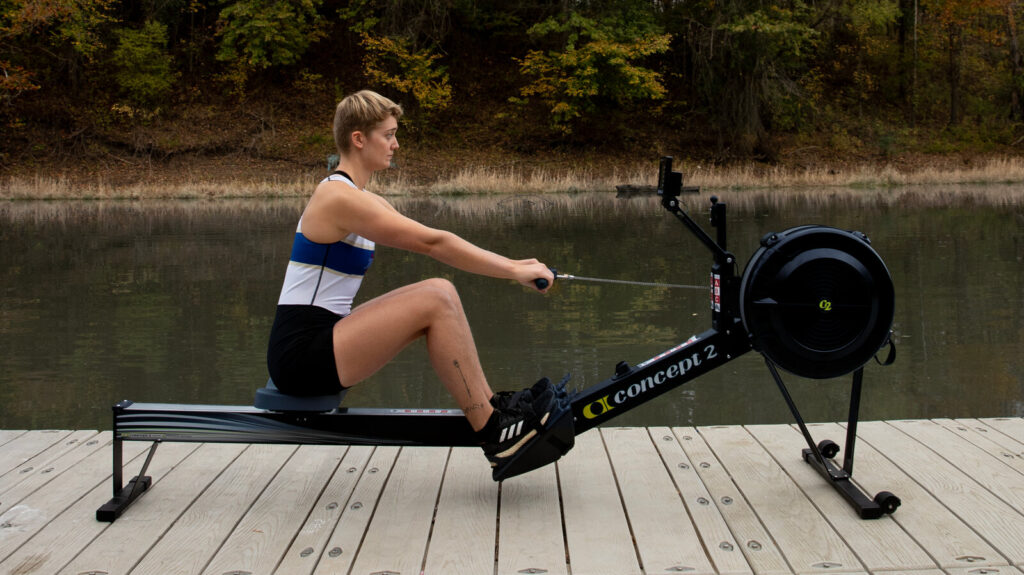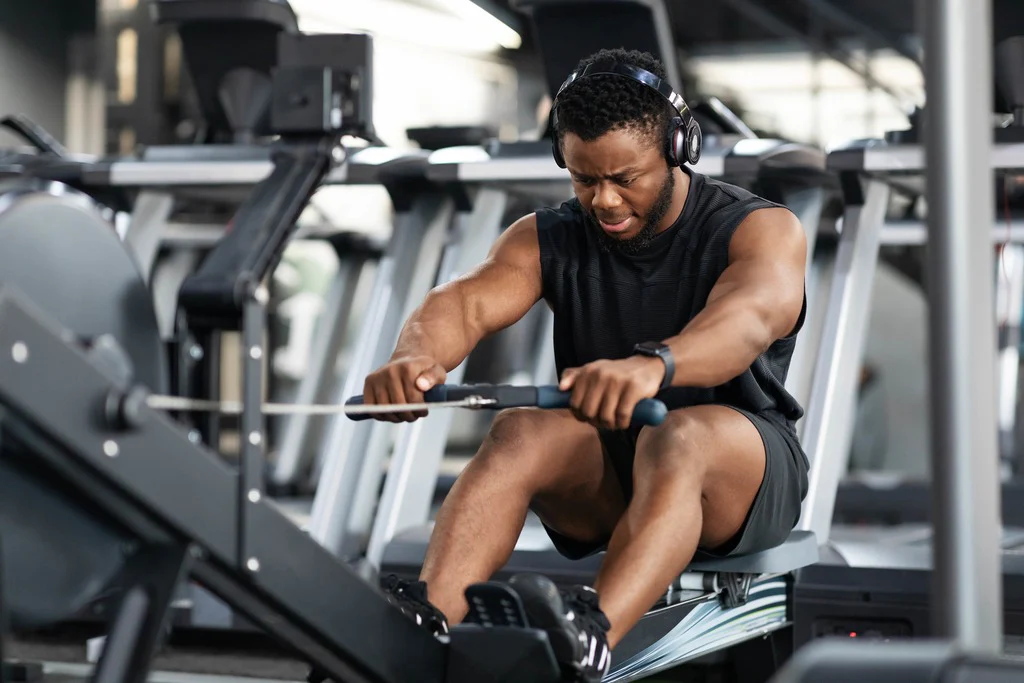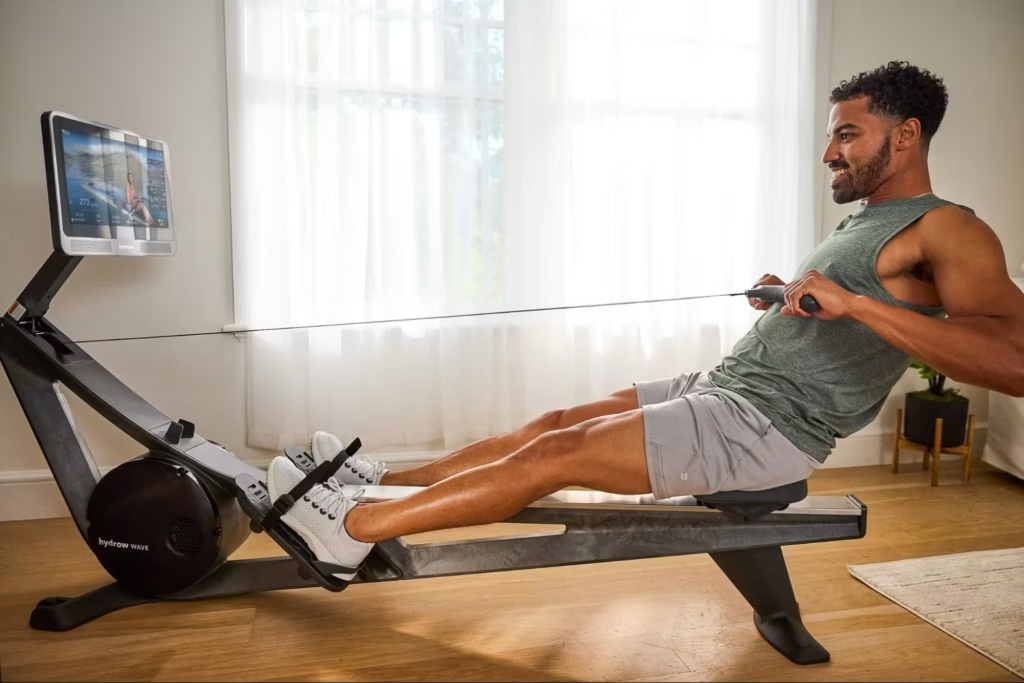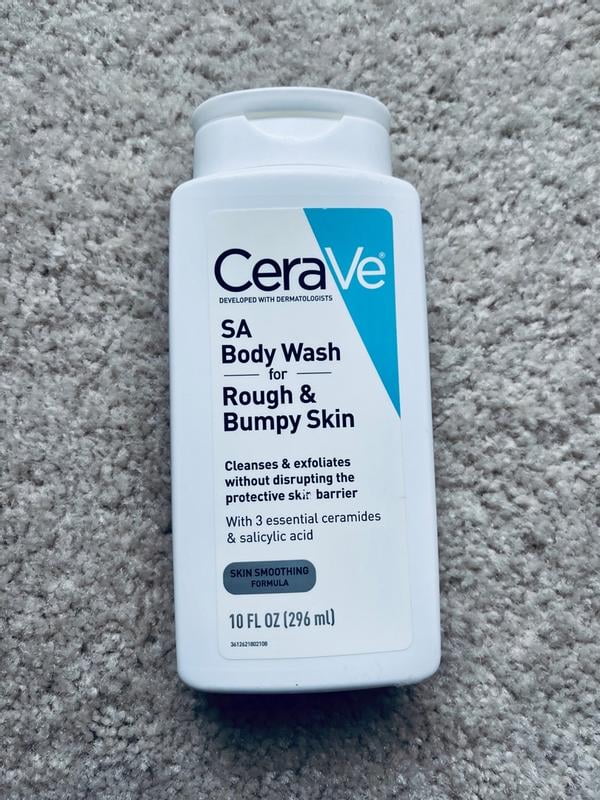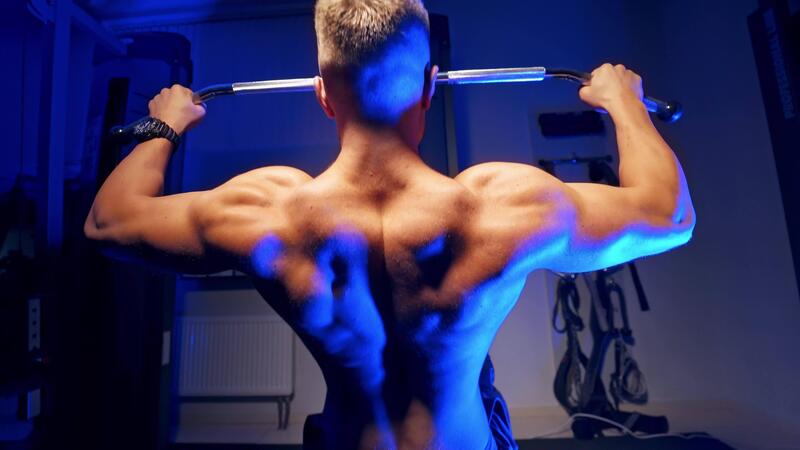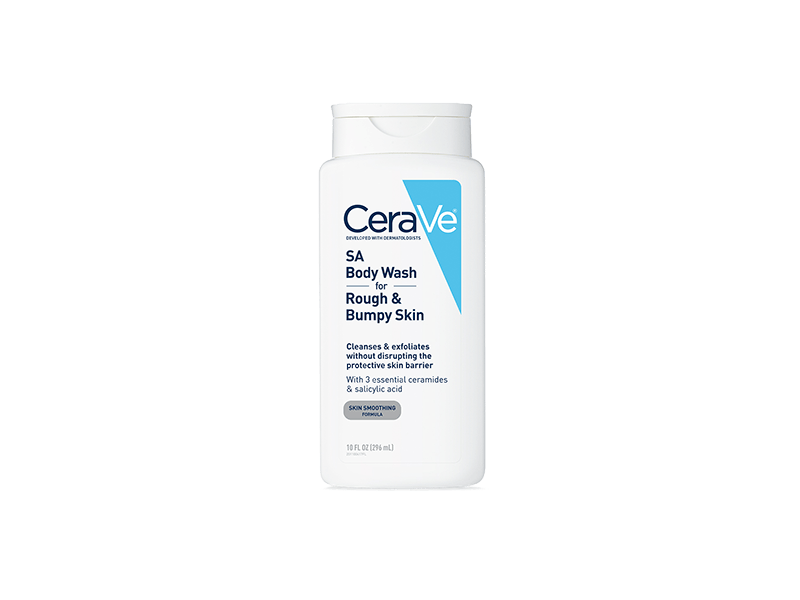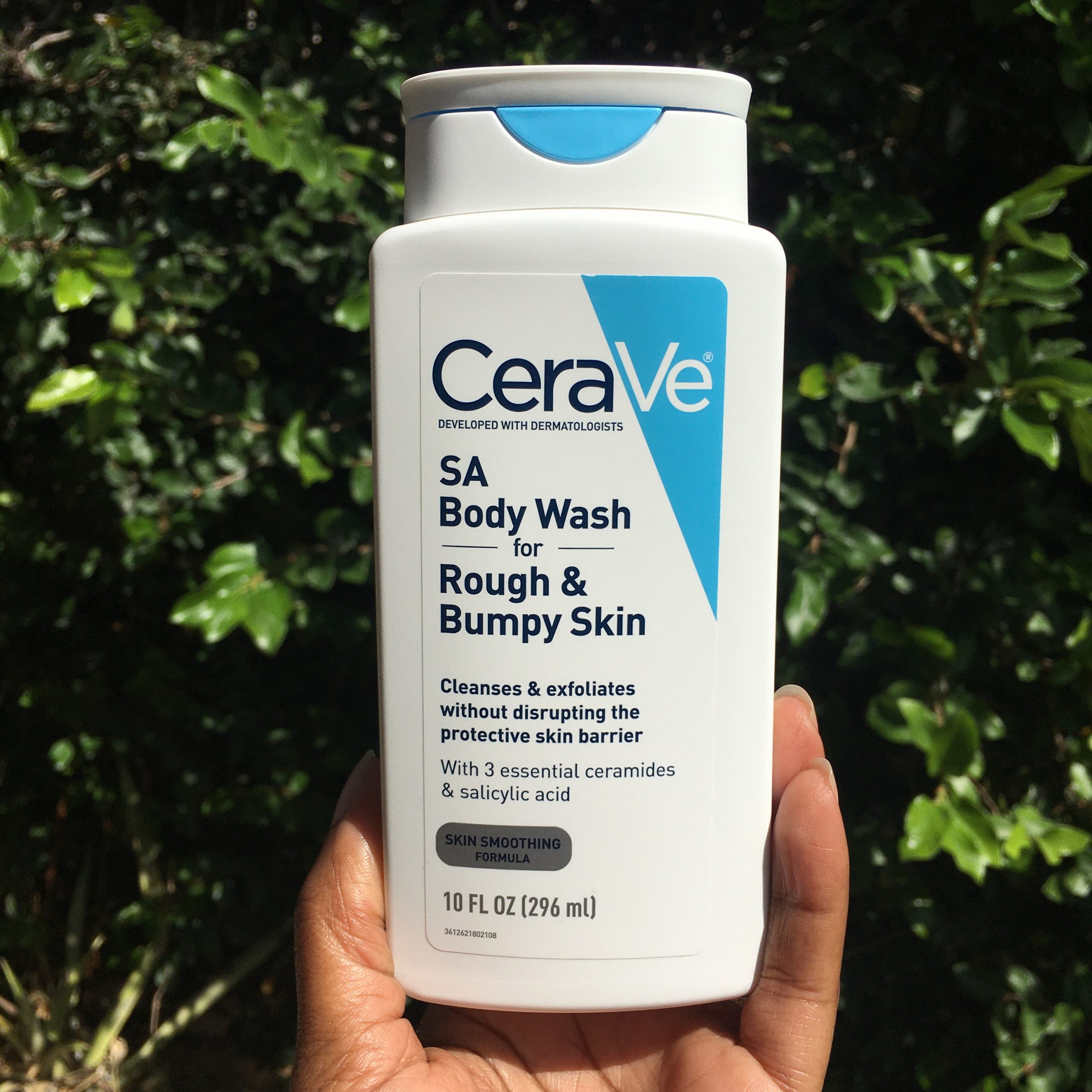Rowing Machine Workout – If you’ve walked past the rowing machine at the gym without giving it much attention, you’re missing out on one of the most efficient and effective workouts available.
The rowing machine—often overlooked in favor of treadmills or weights—is a full-body powerhouse that offers cardio, strength, and endurance all in one session.
Whether you’re looking to burn fat, build muscle, improve your heart health, or just shake up your fitness routine, rowing can deliver impressive results. And the best part? It’s low-impact and beginner-friendly.
Why the Rowing Machine Deserves More Love
Rowing Machine Workout – Before diving into routines, let’s look at why the rowing machine is such a valuable tool.
1. It’s a Full-Body Workout
Rowing targets about 86% of your muscles. You’re working your
-
Legs (quads, hamstrings, glutes)
-
Back and shoulders
-
Arms (biceps and triceps)
-
Core
Every stroke on the machine combines strength and cardio, helping you sculpt muscle while torching calories.
2. Low Impact, High Reward
Unlike running or jumping exercises, rowing is gentle on your joints. That makes it ideal for people recovering from injuries or anyone who wants to avoid unnecessary stress on their knees and ankles.
3. Burns Serious Calories
A vigorous 30-minute rowing session can burn anywhere from 250 to 400+ calories, depending on your intensity and body weight. And since it’s both aerobic and anaerobic, you keep burning calories even after you stop rowing.
Mastering the Rowing Machine: Proper Form First
Rowing Machine Workout – To avoid injury and get the most from your rowing workout, proper form is essential. The stroke is broken into four phases:
1. The Catch
-
Sit tall with arms extended and knees bent.
-
Shins should be vertical, heels flat or slightly lifted.
-
Engage your core and keep your back straight.
2. The Drive
-
Push with your legs first.
-
Once legs are extended, lean back slightly (not too far), then pull the handle toward your lower ribs.
3. The Finish
-
Legs straight, back leaning slightly, elbows bent with the handle at your torso.
-
Keep your wrists flat and core engaged.
4. The Recovery
-
Extend your arms first.
-
Then lean forward and bend your knees to return to the catch position.
The key is fluidity—don’t rush. Think of a 1:2 rhythm: if the drive takes 1 second, the recovery should take 2.
Sample Rowing Machine Workout Routines
Rowing Machine Workout – Here are three rowing machine workouts for different goals. Each can be done in 20–30 minutes and adjusted based on your fitness level.
Beginner Fat-Burner (Steady-State Cardio)
-
Warm-up: 5 minutes of easy rowing
-
Main Set: 15–20 minutes at a moderate, steady pace (you should be able to talk but still feel challenged)
-
Cool-down: 5 minutes easy pace + stretch
Strength + Power Intervals
-
Warm-up: 5 minutes, easy pace
-
30 seconds hard effort / 90 seconds slow pace – Repeat 8 rounds
-
Rest: 2 minutes of slow rowing or standing rest
-
1-minute hard effort / 2 minutes slow pace – Repeat 4 rounds
-
Cool-down: 5 minutes of easy rowing
20-Minute HIIT Rowing Blast
Alternate between hard and moderate efforts to keep your heart rate elevated:
| Time | Intensity |
|---|---|
| 0–5 min | Warm-up |
| 5–6 min | Hard effort |
| 6–7 min | Moderate |
| 7–8 min | Hard |
| 8–9 min | Moderate |
| 9–10 min | Hard |
| 10–11 min | Moderate |
| 11–12 min | Hard |
| 12–13 min | Moderate |
| 13–14 min | Hard |
| 14–15 min | Moderate |
| 15–20 min | Easy pace + stretch |
Tips to Make the Most of Your Rowing Sessions
Focus on Leg Drive
Most beginners pull with their arms first. Don’t. The power in rowing comes from your legs—about 60% of each stroke should be leg-driven.
Track Your Progress
Modern rowers like the Concept2 display metrics like strokes per minute (SPM), 500m pace, watts, and calories. Tracking your stats keeps you motivated and helps you set goals.
Pair With Strength Work
Rowing complements weight training beautifully. Try rowing for 10 minutes post-lift or integrate it into a circuit for total-body conditioning.
Don’t Neglect Recovery
After a hard rowing workout, stretch your hamstrings, quads, lower back, and shoulders. Foam rolling can also ease tension in overused areas.
Who Should Use a Rowing Machine?
Rowing is great for nearly everyone, from beginners to elite athletes. It’s especially helpful if:
-
You want a total-body cardio workout.
-
You’re looking for a joint-friendly alternative to running.
-
You enjoy tracking progress and improving performance.
-
You want to build mental toughness—long rows can test your focus and resilience.
Final Thoughts: Row Your Way to Results
Rowing Machine Workout – The rowing machine isn’t flashy, but it’s incredibly effective. It combines cardio and resistance training in one fluid movement and delivers measurable results across strength, endurance, and fat loss.
So, next time you see that quiet machine in the corner, hop on and row like you mean it. With consistency and good form, your body—and your mindset—will thank you.

